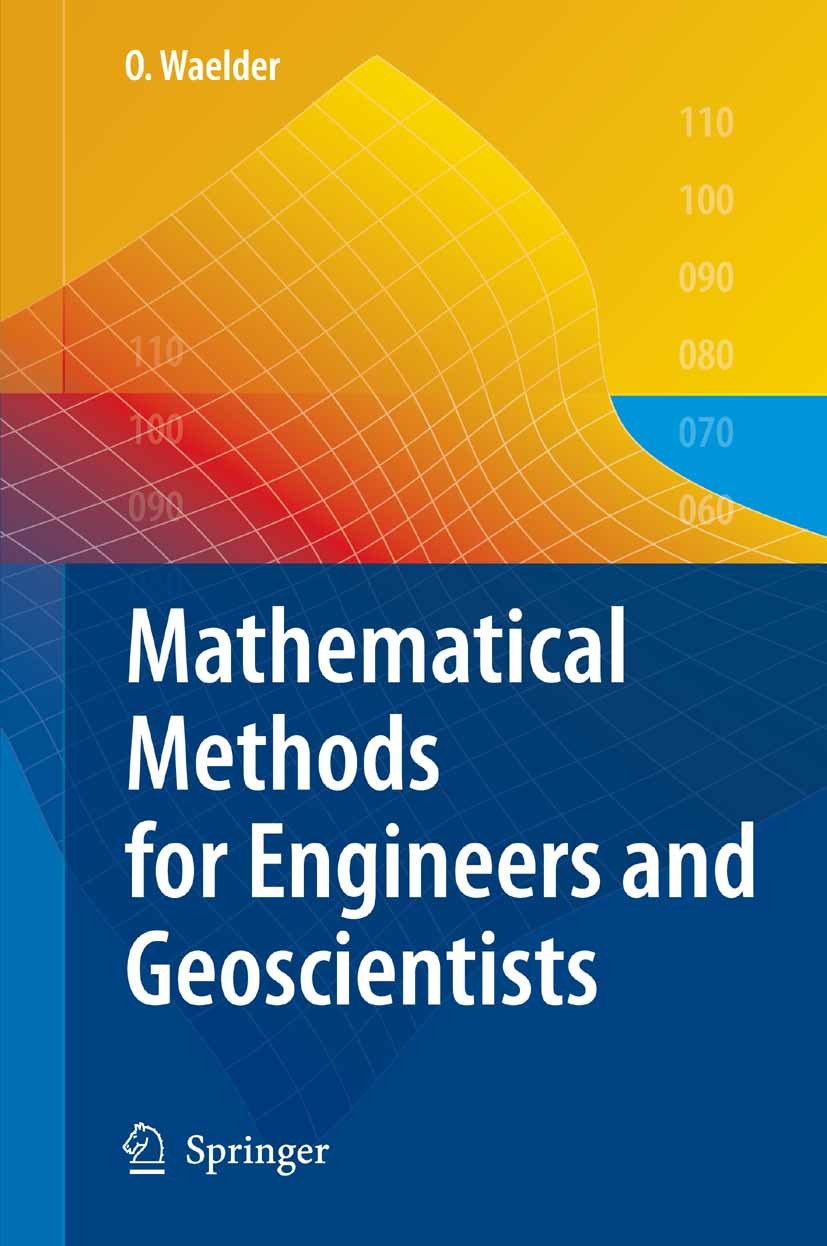| 书目名称 | Mathematical Methods for Engineers and Geoscientists | | 编辑 | Olga Wälder | | 视频video | http://file.papertrans.cn/627/626238/626238.mp4 | | 概述 | Arithmetical concepts rendered understandable for the target audience.Complete with all necessary supporting calculations | | 图书封面 |  | | 描述 | We start with a fun puzzle in mathematics and mathematical methods. How many corners does a four-dimensional cube have? Does such a thing exist, you ask? You may be a geoscientist or a philosopher. If your answer is: there are surely more than the eight corners there are for a three-dimensional cube, you are an engineer. If you know without hesitation that there are exactly sixteen corners and you can prove why, you are a mathematician. To explain the goal of this book, I refer to Hersh (1997): The United States suffers from “innumeracy” in its general population, “math avoidance” amonghigh-schoolstudents,and50percentfailureamongcollegecalculusstudents.Causes include starvation budgets in the school, mental attrition by television, parents who don’t like math. There’s another, unrecognized cause of failure: misconception of the nature of mathematics. I think the speci c reference to the United States may be omitted. It is really a worldwide problem. Moreover, there is one more consequence of “math avoidance” and “misconception”: good mathematical approaches are sometimes applied inc- rectly. Particularly, the methods of statistics are often misused for different goals. Applying mat | | 出版日期 | Textbook 2008 | | 关键词 | MATLAB; Mathematical Modelling; differential equation; mathematical modeling; modeling; spatial analysis; | | 版次 | 1 | | doi | https://doi.org/10.1007/978-3-540-75301-8 | | isbn_softcover | 978-3-642-09456-9 | | isbn_ebook | 978-3-540-75301-8 | | copyright | Springer-Verlag Berlin Heidelberg 2008 |
The information of publication is updating

|
|
 |Archiver|手机版|小黑屋|
派博传思国际
( 京公网安备110108008328)
GMT+8, 2025-11-14 18:43
|Archiver|手机版|小黑屋|
派博传思国际
( 京公网安备110108008328)
GMT+8, 2025-11-14 18:43


